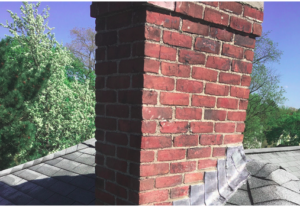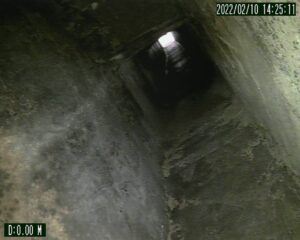How to Increase Your Chimney’s Lifespan
Winter is not the same if you do not have a warm fire where you can gather around on cold nights, which is the reason why homeowners want to have a fireplace. While the fireplace can be the centerpiece of your home, there is a huge possibility that you do not spend a lot of time contemplating your chimney. If you do not give it regular maintenance and care, a chimney that is hazardous and damaged might be hovering above your fireplace. You should be able to increase your chimney’s lifespan.
Aside from a chimney sweep, there are other ways you can increase the lifespan of your chimney. You can read this article until the end to find out more.
Use Hardwoods
Since prepared woods such as maple, oak, birch, and debris produce less sap compared to milder woods, they are going to consume a high temperature for a longer period because they are thick. Other good hardwoods to look for include Boxwood, Iron bark, and Brown Peppermint wood.
Regular Maintenance
Similar to a lot of other expensive parts of your life and homes, such as your roof, your vehicle, and your furnace, chimneys last longer and work best when you give them regular maintenance. Preventive maintenance removes the build-up of creosote over time, and it can identify repairs that you need to make before any serious damage can happen. Some issues have the possibility to make the chimney unusable in case they are not fixed in a timely manner.
Waterproof Your Chimney
Among the biggest culprits of chimney damage and failure come water damage. If water gets into the masonry, mortar, or bricks, it will degrade the material and the chimney’s structural integrity. Chimney caps can be a way to prevent water from going inside the chimney structure, but waterproofing also protects the exterior. If you waterproof your chimney, it can stop water from penetrating any bricks and deflects water from the exterior of your chimney.
Routine Glass Cleaning
If your chimney is cutting edge, it can have an air wash framework that will clean the glass. However, in case you have a more seasoned oven, you might have to clean to routinely clean the glass. You can buy expert cleaning liquids or you can take the old course and use paper that has been splashed with malt vinegar.
Chimney Cap
A chimney cap installation is among the most effective ways to preserve your chimney. This is helpful in keeping animals out, as well as water and debris. It is also a great idea to pay for a stainless-steel cap to prevent any rusting. When you prevent things from getting into your chimney, you can prolong the lifespan of your chimney.
Chimney Liner Replacement
Chimney flue liner cracks cause carbon monoxide leaks inside your home and it can cause a lot of bad health issues. A lot of older chimneys are not built-in with chimney liners, which can increase the risk even more. If your chimney does not have a liner, or yours is damaged and old, you must replace it to add more years to your chimney’s lifespan.
Daily Ashpan Cleaning
If you allow debris to develop in the ashpan, it can cause distortion and harm to the mesh so you can try to clear the debris each time after you light the fire.
Stack Cleaning
It would be smart to clear your stack once a year to clean any creosote or ash development. Having a messy pile can ignite a smokestack fire, which causes hazards.
This post first appeared on https://www.firstclasschimneyservices.com
 Signs Your Flashing Needs Repair
Signs Your Flashing Needs Repair What is a Chimney Flue?
What is a Chimney Flue?
 Creosote Exposure
Creosote Exposure Chimney Swifts and Histoplasmosis
Chimney Swifts and Histoplasmosis
 Masonry Chimney Repair
Masonry Chimney Repair